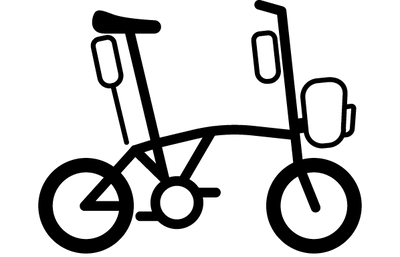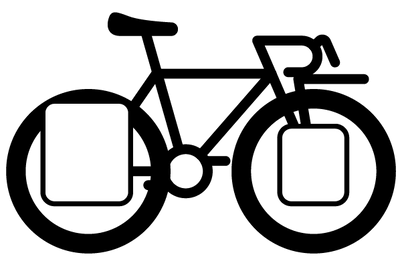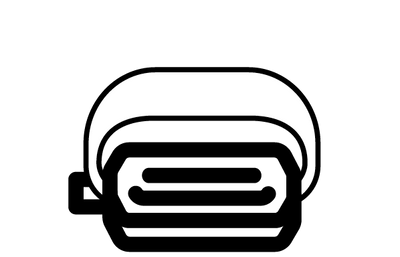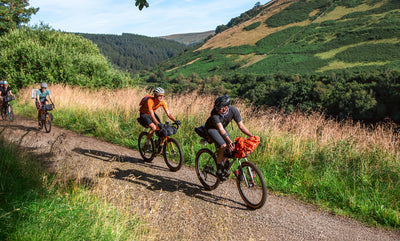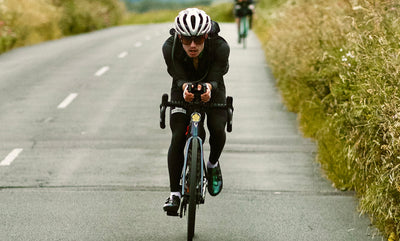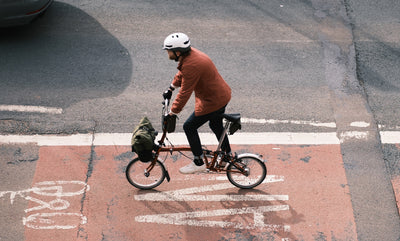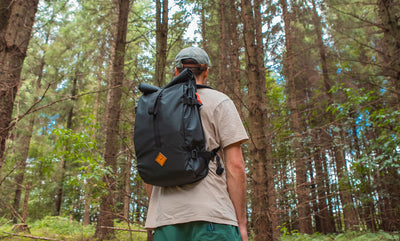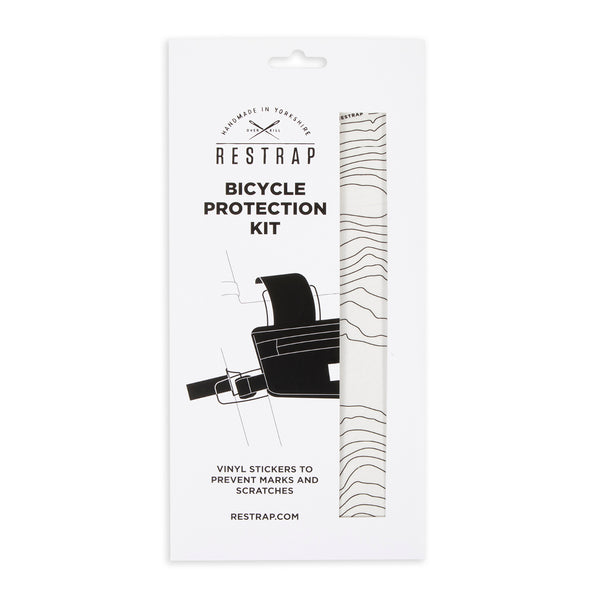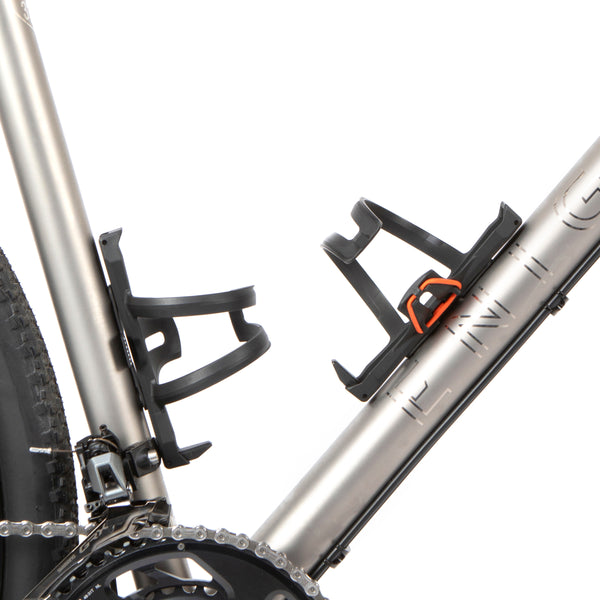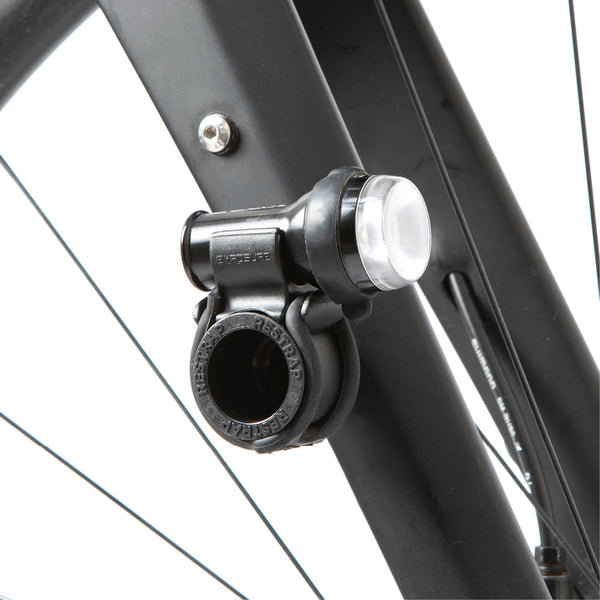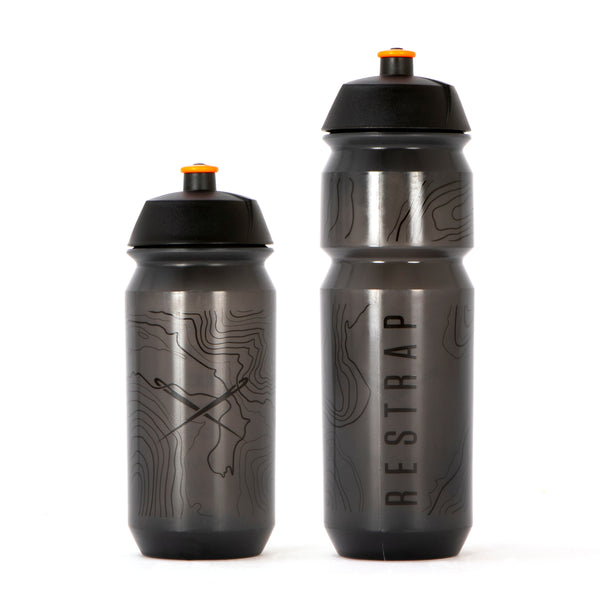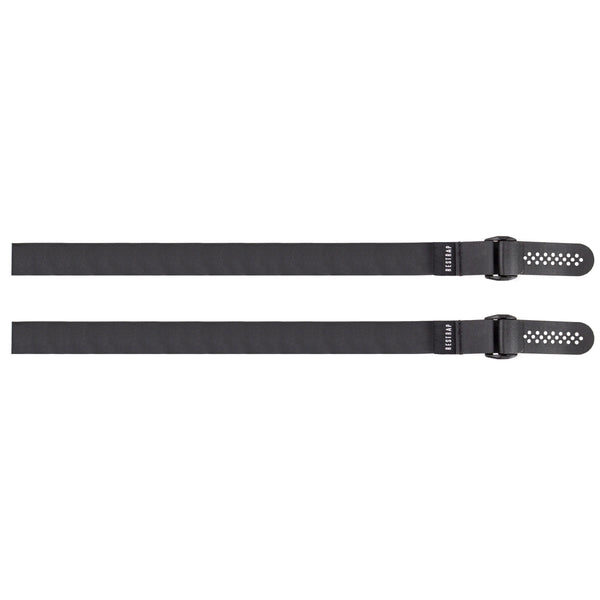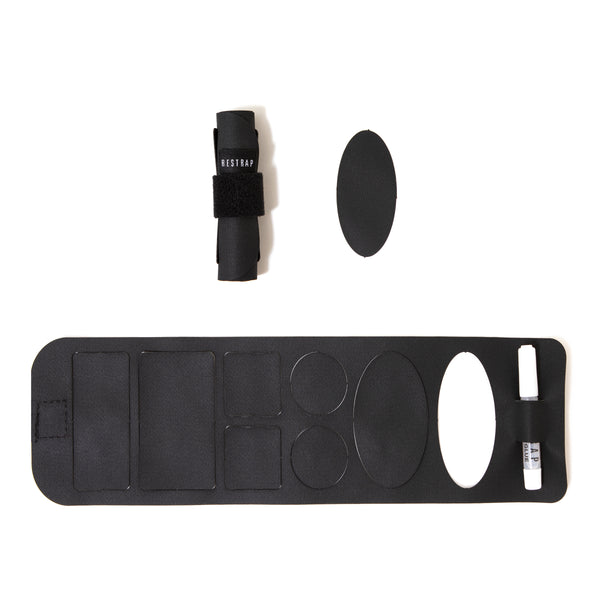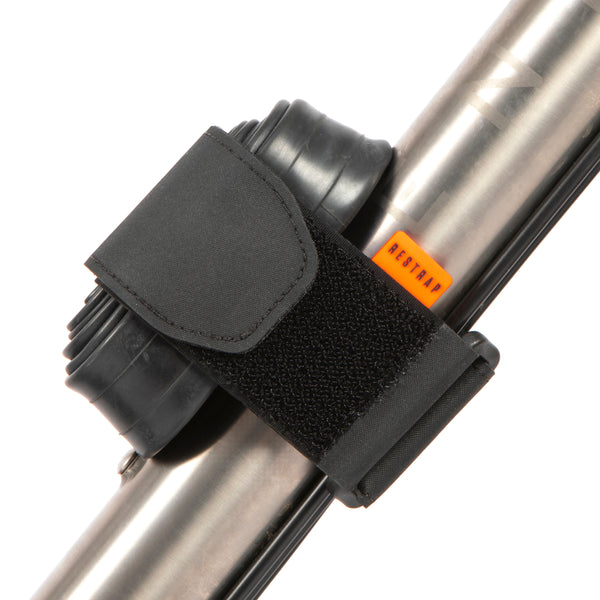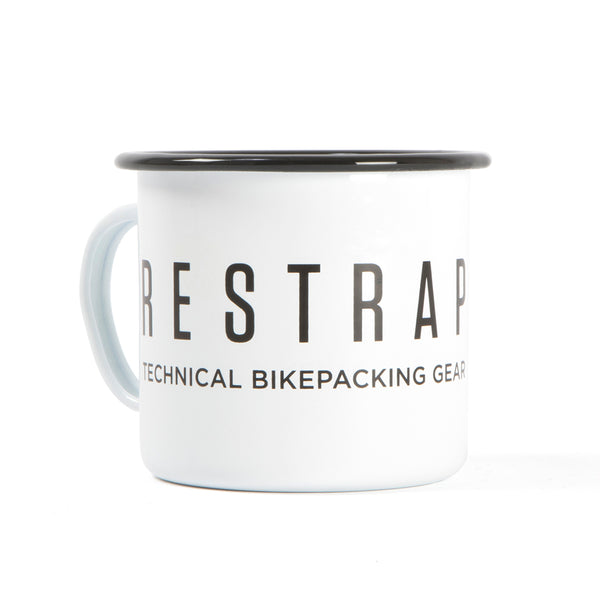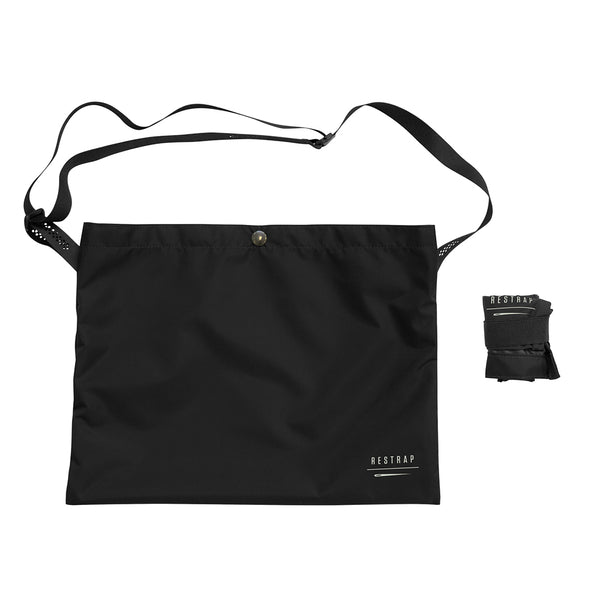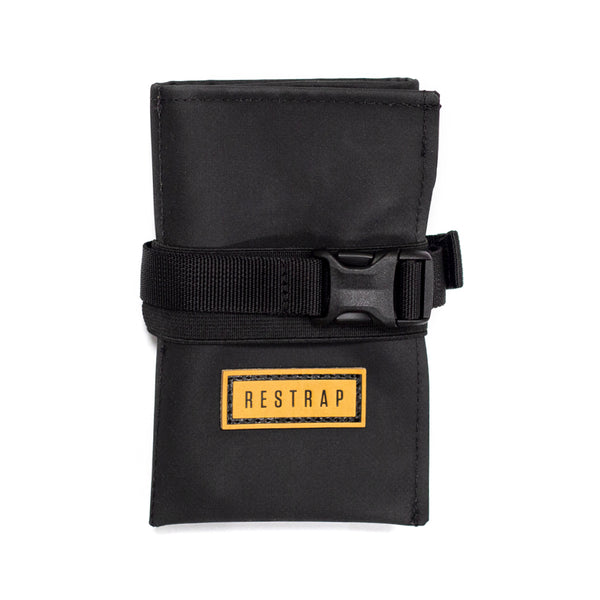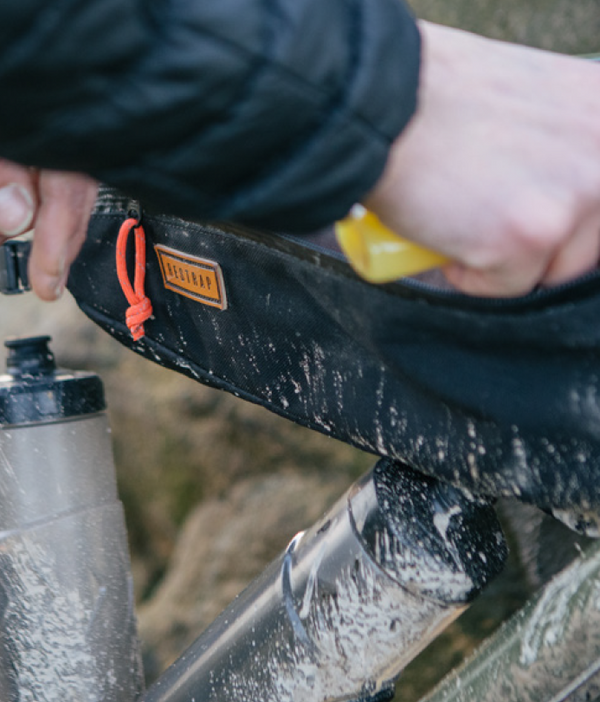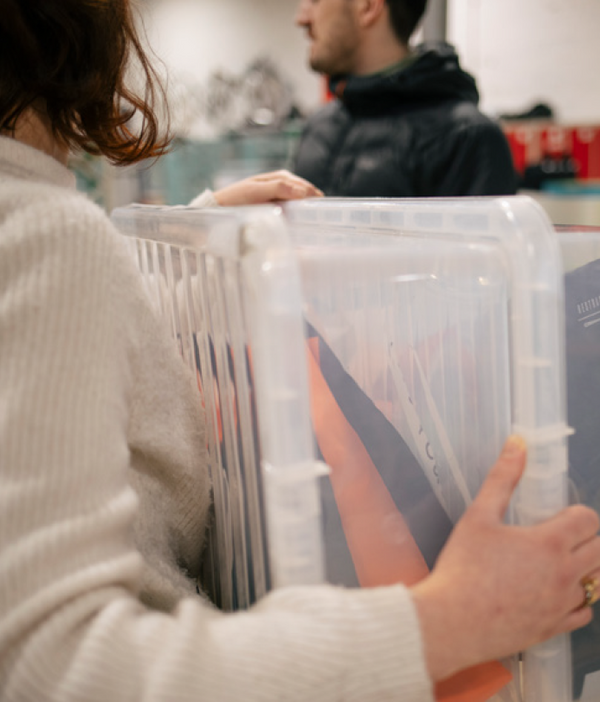Your cart is empty!
Cycling across Lake Baikal

A month ago I left Charles de Gaulle airport in Paris (France) on my way to Irkutsk in Russia. I was going to cross Lake Baikal from north to south, unaided, and in the company of Perrine Fages, an ultra endurance athlete. A challenge, a fit of madness? No, just a dream waiting to be realised.
My aim was to cross the frozen surface of Lake Baikal, the oldest and deepest of all the lakes in the world - 700 kilometers long and 80 wide, with depths of over 1600 meters. The lake alone contains 20% of the world's freshwater reserves, making it the largest water reserve in the world. And like all corners of paradise, it's necessary to protect it.

The expedition was also an opportunity for me to discover the mysteries of Lake Baikal. There is a special atmosphere on Baikal, a subtle mixture of materials and lights. This magic atmosphere is hard to imagine, unless you go there.
My Siberian adventure almost didn’t happen. There were problems with getting a visa, with transporting stuff and with finances, not to mention the impending coronavirus (and nobody at the time could have predicted the consequences of that).
But we had put so much energy to get to the lake on two wheels that we didn’t let anything stand in our way. All that was left to do, was pedal.

In our bags we took only the essentials. Deciding what to take for this adventure on Lake Baikal was not easy. I knew I needed a strong bike that would be both stable on ice and snow, as well as being able to handle the load and the freezing temperatures.
The choice of the fatbike was therefore essential. The bike was prepared by my friend Francis from MLines Bike, a great Fat specialist in France.

Besides the bike, I had:
- A Garmin 66i + a Garmin ETrex for navigation
- Restrap bags to carry my gear for the days and nights on the lake
- 5 inch studded tires for grip and stability
- Look pedals
- Special 45NRTH shoes
- An Ideal saddle
- Steel luggage rack
- FARR extenders
- Barmitts poggies
- Bliz goggles and mask
- Shorts
- Basic mountaineering gear
- Urge helmet
- a Samaya tent 1.2kg 2-3 people.
- A map for two
- A compass
- Two knives
- A camera
- A drone
- A notebook and a pencil
- All the cycling and cold weather clothes
All this meant I was pulling 50kg behind me on the bike - although we’d packed light, this is a hefty weight, especially in deep snow.

Unfortunately on the first day I was hit by a car coming from the other side of the lake. I escaped with a broken Restrap luggage rack and luggage. We had to turn around and go back to Severobaikal to repair what was repairable and were back to square one, having only done 70km.. Bruised but not broken, we carried on.
For the next 8 days, I suffered - we suffered. We also smiled a lot. Sometimes we cried. We shared, we lived. We communicated, we yelled at each other. And we moved forward, whatever the cost.

Baikal is ruthless, I was told before I left. "You sure you’re ready for that?” asked a Russian guy who was photographing the lake as we set off into the unknown.
Yes, I was ready. The reality of Baikal changes every day: snow, rain, hail but also ice, feverish or broken. Baikal is alive and that's what makes this crossing interesting.

I enjoyed every day of this crossing, every second. Perrine supported me, I supported Perrine and we communicated constantly to prevent anything serious from going wrong. Apart from a small fall on the last night, a break in the ice under the tent on the third night, and a big cold snap on the day of the storm, everything went well.

We avoided almost all the traps of Baikal except for the omnipresent snow which slowed down our progress by half. We hung on, managed, and anticipated the dangers, thanks in part to technology (thanks Garmin 66i, you're a great friend now).
So, once again, I'd like to thank you. Thank you for who you are. Thank you for encouraging this kind of project.
Thank you to my team: Perrine, Pierre-Jean, Anthony. Thank you too to my sponsors who are still here for me despite the challenges of the current climate. Thank you also to my friends who put up with my moods as I prepared for the adventure.

What's next?
Work, a lot. The corona isolation has changed my initial plans a little bit but it can’t be helped. Rules are rules and staying at home has given me the opportunity to work on new ideas. Between resuming writing, working on future documentary projects and preparing project 666, there is no shortage of work. I'm going to give myself time to train indoors every day, and build the basics of physical preparation.
Once isolation is over, I will test myself on one or two Ultra endurance projects in France or abroad according to the new measures in force. I will also be organising some conferences and will broadcast my films in France and abroad when possible.
Finally, and as I often do, I would like to tell each of you to continue, never give up your dreams. Be free and happy to be alive.
Life is beautiful,
Stéven Le Hyaric
https://www.stevenlehyaric.net/666project




